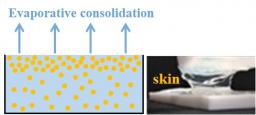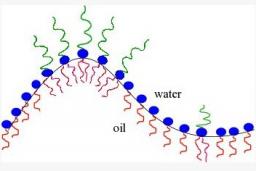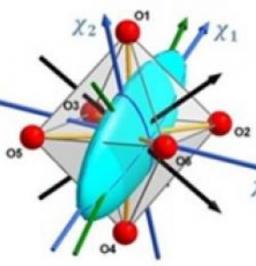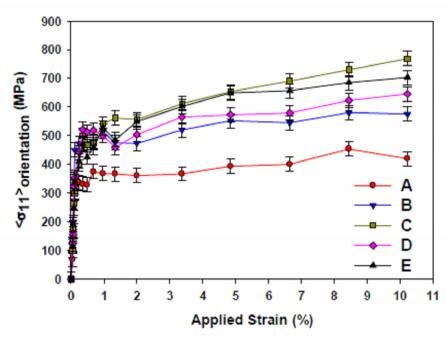04 mars 2019
Marguerite Léang, Didier Lairez, Fabrice Cousin, Frédérique Giorgiutti-Dauphiné, Ludovic Pauchard, Lay-Theng Lee
During evaporative drying of a colloidal dispersion, the structural behavior at the air-dispersion interface is of particular relevance to the understanding of the consolidation mechanism and the final structural and mechanical properties of the porous media.
03 janvier 2019
Sophie Combet, Fabrice Cousin, Human Rezaei, Sylvie Noinville
Soluble oligomers of prion proteins (PrP), produced during amyloid aggregation, have emerged as the primary neurotoxic species, instead of the fibrillar end-products, in transmissible spongiform encephalopathies. However, whether the membrane is among their direct targets, that mediate the downstream adverse effects, remains a question of debate.
20 novembre 2018
Jyotsana Lal
This article is dedicated to the memory of Loic Auvray
The results on Winsor phases, droplet and bicontinous microemulsions phases with polymer-grafted lipids studied by Small Angle Neutron Scattering (SANS) are reported below, together with the contrast variation techniques used to characterize the average curvature in the system.
20 juin 2018
Unravelling a mechanism of action for a cecropin a‑melittin hybrid antimicrobial peptide: the induced formation of multilamellar lipid stacks
T. Silva, B. Claro, B. F. B. Silva, N. Vale, P. Gomes, M.-S. Gomes, S. S. Funari, J. Teixeira, D. Uhríková, and M. Bastos, Langmuir, 2018, 34 (5), pp 2158–2170.
An understanding of the mechanism of action of antimicrobial peptides is fundamental to the development of new and more active antibiotics.
29 janvier 2016
Des chercheurs du Laboratoire des multimatériaux et interfaces (CNRS / Université Claude Bernard Lyon 1) et du Laboratoire Léon Brillouin (CNRS / CEA-Saclay), en collaboration avec l’Institut nanosciences et cryogénie (CEA-Grenoble) et les Universités de Yamagata et Kwansai Gakuin (Japon), ont utilisé la diffraction des neutrons polarisés pour déterminer pour la première fois comment se comportent des molécules de complexes métalliques dans un champ magnétique (anisotropie magnétique).
14 octobre 2011
L'aimantation de tout matériau macroscopique n'est pas uniforme, mais constituée de domaines d'orientation magnétique distincte, séparés par des parois magnétiques, dont le déplacement pilote l'évolution de l'aimantation.
18 juillet 2011
( English version)
La corrosion sous contrainte - action combinée de contraintes mécaniques et de corrosion par l'eau de l'atmosphère environnante - est souvent à l'origine de la propagation des fissures dans les verres.
15 janvier 2011
V. Klosek, R. Dakhaloui, L. Vincent, B. Marini et M.H. Mathon
Par diffusion de neutrons in situ, il est possible d'observer la texture cristallographique et de suivre les déformations des grains d'un échantillon lors d’un essai mécanique. Développée autour des diffractomètres G5.


















